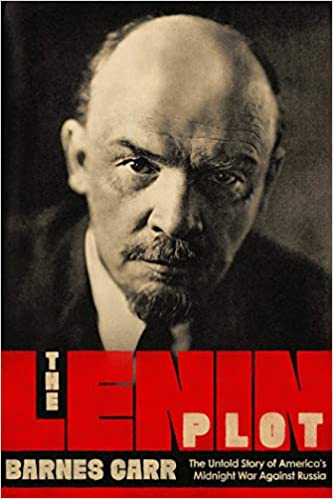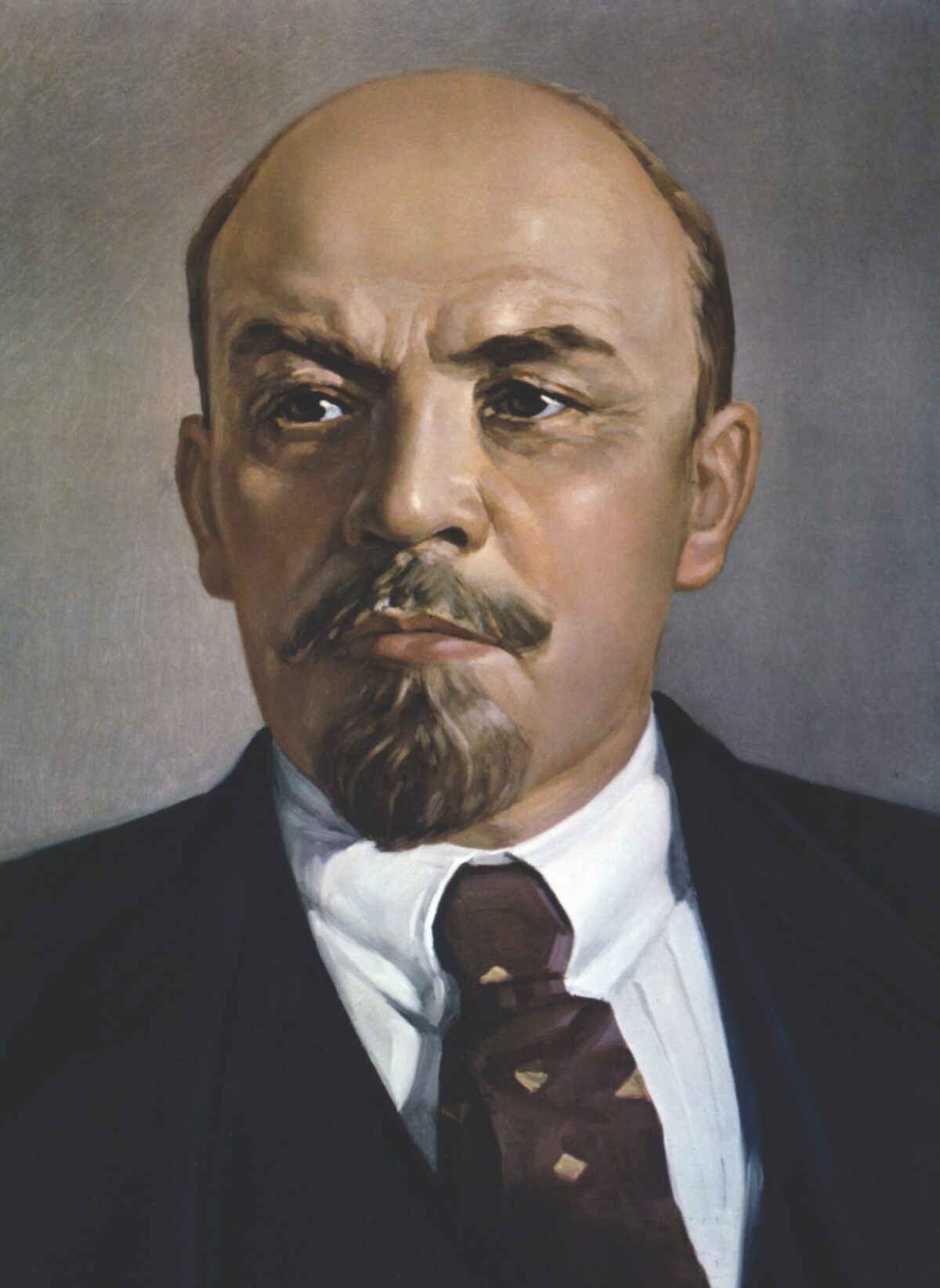In December 1917, President Woodrow Wilson approved a covert U.S. government initiative to help anti-Bolshevik Cossacks in the south of Russia topple Vladimir Lenin’s new Soviet regime and get Russia back into the war still raging against Kaiser Wilhelm II’s Germany. So began a series of efforts in this vein that author Barnes Carr collectively calls “the Lenin Plot” in his new book of that title. There was never a good chance that any of these ventures, some better baked than others, would succeed. The plotters on the whole were amateurish, without a keen sense of strategy and tactics, and their movements were easily detected by the Cheka, the Soviet secret police under the command of Felix Dzerzhinsky, known as “Iron Felix.” In fact, Edward M. House, a key Wilson adviser, opposed the Cossacks scheme: “Personally I consider it dangerous for the reason that it is encouraging internal disturbances without our having any definite program in mind,” he presciently told Robert Lansing, Wilson’s secretary of state.

By Barnes Carr.
400 pages.
Pegasus Books, 2020. $29.95.
Nevertheless, as Barr meticulously recounts, Washington proceeded with assorted forms of meddling in Lenin’s Russia. The tale is at once farce and tragedy. One of the Americans, Xenophon Dmitrievich de Blumenthal Kalamatiano—a track star and University of Chicago graduate of Russian extraction who had been affectionately nicknamed “the Terrible Russian” by his fraternity brothers—managed to get himself arrested in September 1918 by Chekists stationed outside the U.S. consulate in Moscow. He had thought, naively, that he would be able to get through by declaring that he was going to the consulate for his passport. Dzerzhinsky’s men quickly discovered that Kalamatiano’s “gentleman’s cane” contained a hidden tube stuffed with “a secret cipher, spy reports, a coded list of thirty-two spies, and money receipts from some of them,” a Cheka officer later wrote. Kalamatiano’s goal was to aid and abet internal opponents of Lenin who were bent on assassinating or perhaps kidnapping him. “His supreme miscalculation led to the roll-up of most of his agents,” Carr writes. And so it went, with another American plotter admitting to his interrogator that the United States was running an “information service” in Russia. “Error was piled upon error,” Carr says in summing up. “Was it stupidity on the part of the plotters? Arrogance? Or simply sloppiness?”
Kalamatiano languished in Butyrka, Moscow’s ancient, vermin-infested prison, and endured mock executions by firing squads before the U.S. government managed to gain his release. In the meantime, an overt component of the Lenin Plot, an Allied military incursion into northern Russia, made little headway. As rivers froze and the snow piled up, “frontline troops were stuck in their little forts, surrounded by larger enemy forces,” Carr writes, with the Red Army making use of local partisans as “ski troops for reconnaissance.” The Great War ended, Lenin kept his grip on power, and Herbert Hoover, as director of the American Relief Administration in postwar Europe, oversaw an effort to get food into the mouths of the starving Russian people.
Carr is to be commended for his deep research into a story that’s worth savoring in its own right but that also resonates with contemporary events. Washington has never stopped meddling in Russia—and Moscow, of course, has a parallel history of interfering with America. From Moscow’s point of view, the escapades that Carr lumps together as the Lenin Plot may, even today, justify Russia’s clandestine forays into American politics. There is no reason to think that these games will stop anytime soon—not with the ample mistrust between the two nations and the imaginative and sometimes bumbling players on both teams. But the American people are unlikely to learn of such antics from their government—that’s for diligent researchers like Carr to dig out of the archives, usually long after the fact. “The Lenin Plot had been a colossal embarrassment for the U.S. government,” he concludes, “and the State Department wanted to forget it ever happened.”
Paul Starobin, a former Moscow bureau chief for Business Week, is the author of Madness Rules the Hour: Charleston, 1860, and the Mania for War (PublicAffairs, 2017) and, most recently, A Most Wicked Conspiracy: The Last Great Swindle of the Gilded Age (PublicAffairs, 2020).
This article appears in the Winter 2020 issue (Vol. 33, No. 2) of MHQ—The Quarterly Journal of Military History with the headline: Reviews | The Lenin Plot: The Unknown Story of America’s War Against Russia.





